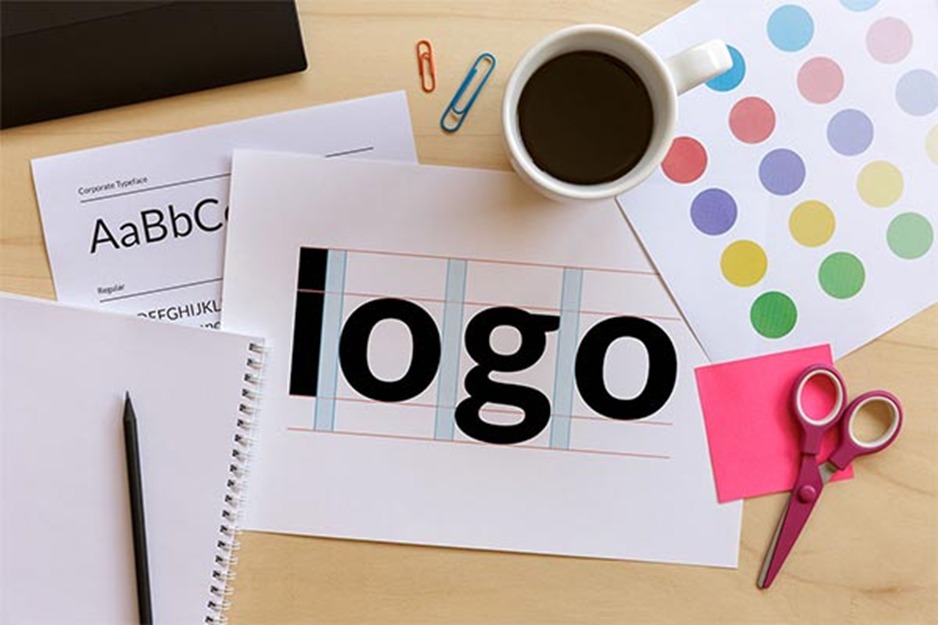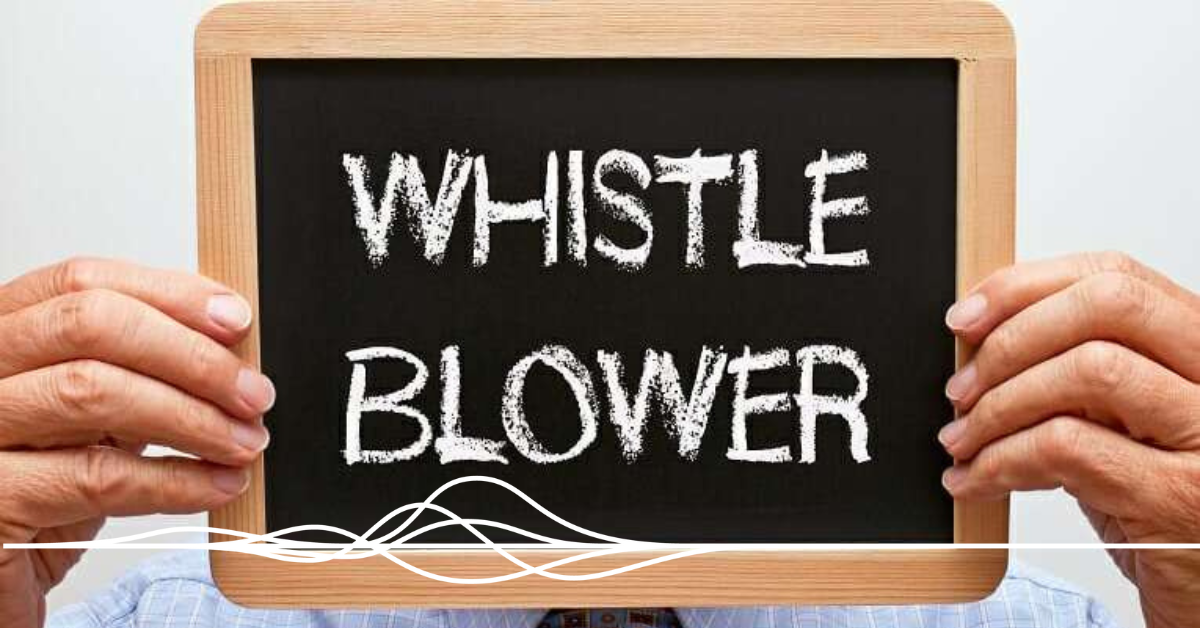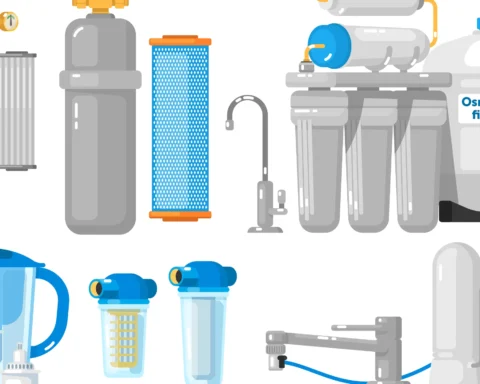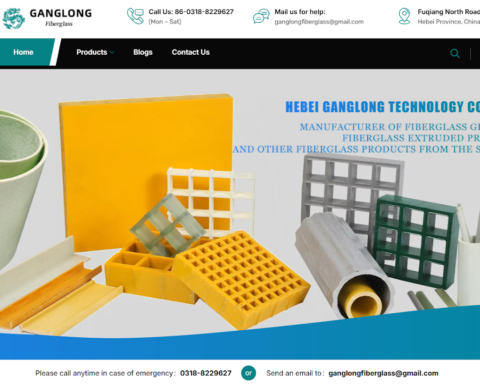Logo design is a vibrant field that continuously evolves to reflect societal changes, technological advancements, and consumer preferences. As we step into 2024, it’s essential to explore the latest logo design trends shaping this creative landscape. This article delves into the prominent trends in logo design, illustrating how they influence brand identity and consumer perception.
From minimalist aesthetics to the resurgence of retro designs, the current landscape is both diverse and exciting. Understanding these trends allows brands to craft logos that resonate deeply with their audience and stand the test of time.
Understanding the Shift: Why Trends Evolve
The evolution of logo design is inherently linked to cultural, social, and technological changes. As society progresses, so do the symbols that represent it. Here are key factors driving the shift in design trends:
- Cultural Movements: The rise of social consciousness has led brands to adopt logos that convey values like sustainability and inclusivity. This reflects a broader commitment to social responsibility.
- Technological Advances: As digital platforms proliferate, logos must adapt to various screen sizes and resolutions. This demands designs that are versatile and scalable.
- Consumer Behavior: Today’s consumers favor authenticity and transparency. Brands are responding by creating logos that communicate genuine values and foster emotional connections.
Understanding these dynamics is crucial for designers and brands aiming to stay relevant in an ever-changing marketplace.
Minimalism Remains King: The Power of Simplicity
In a world overwhelmed by visual stimuli, minimalism has emerged as a dominant trend. This approach prioritizes clarity and functionality, ensuring that logos convey their message without unnecessary embellishments.
- Less is More: Minimalist designs often use simple shapes and a limited color palette, enhancing brand recognition. This stripped-back aesthetic resonates with audiences seeking authenticity.
- Focus on Core Values: A minimalist logo can effectively distill a brand’s essence, making it instantly recognizable. Iconic brands like Apple exemplify this approach, using a straightforward apple silhouette to convey sophistication and innovation.
The power of simplicity lies in its ability to create lasting impressions. A minimalist logo is not just visually appealing; it also conveys confidence and clarity.
Bold Typography: Making a Statement with Fonts
As brands strive to differentiate themselves, bold typography has emerged as a prominent design element. This trend leverages strong, eye-catching fonts to make a statement.
- Expressive Fonts: Unique typefaces can convey a brand’s personality, whether it’s playful, serious, or sophisticated. For instance, brands like Airbnb use custom typography to reflect their distinct character.
- Hierarchy and Readability: Bold typography enhances readability, making logos more impactful. Designers often employ varying font weights and sizes to create a visual hierarchy that guides the viewer’s eye.
By harnessing the power of typography, brands can create memorable identities that resonate with their target audience.
Nature-Inspired Designs: Embracing Organic Elements
In an era marked by environmental awareness, nature-inspired designs have gained traction. This trend draws from organic forms and earthy color palettes to convey a sense of harmony with the environment.
- Biophilic Elements: Logos that incorporate elements like leaves, water, or animals can evoke feelings of tranquility and connection to nature. Brands like Whole Foods utilize these motifs to emphasize their commitment to sustainability.
- Earthy Color Palettes: Greens, browns, and soft blues create a natural aesthetic that appeals to eco-conscious consumers. These colors not only symbolize sustainability but also foster a sense of calm.
Nature-inspired designs resonate with audiences seeking authenticity and a deeper connection with the brands they support.
Color Trends for 2024: What’s Hot and What’s Not
Color plays a pivotal role in logo design, influencing perceptions and emotions. As we move into 2024, certain color trends are emerging that reflect contemporary aesthetics and cultural sentiments.
- Vibrant Hues: Bold, saturated colors are making a comeback, symbolizing energy and creativity. Brands are using vibrant palettes to stand out in a crowded market.
- Pastel Shades: Soft, muted colors convey a sense of calm and sophistication. These hues are particularly appealing to brands targeting a younger, trend-conscious audience.
Understanding the psychological impact of colors can help brands choose palettes that resonate with their target demographic, enhancing brand identity.
Retro and Vintage: The Comeback of Nostalgia
Nostalgia has a powerful influence on consumer behavior, and retro designs are experiencing a resurgence. This trend taps into memories of the past, evoking feelings of familiarity and comfort.
- Throwback Aesthetics: Logos that embrace vintage styles often utilize classic typography and color schemes reminiscent of earlier decades. Brands like Coca-Cola leverage this nostalgia to create a timeless identity.
- Emotional Connection: Retro designs can forge emotional bonds with consumers, reminding them of cherished memories associated with the brand. This connection fosters loyalty and trust.
In a fast-paced digital world, nostalgia offers a refreshing antidote, allowing brands to connect with consumers on a deeper level.
Dynamic Logos: Embracing Motion and Change
As digital platforms evolve, static logos are giving way to dynamic designs that adapt and change. This trend reflects the need for brands to remain relevant in a fast-paced environment.
- Animated Elements: Incorporating motion into logos can enhance engagement, drawing viewers in and creating memorable experiences. For example, Google often updates its logo with playful animations to celebrate special occasions.
- Responsive Designs: Dynamic logos can adapt to different contexts, ensuring they remain visually appealing across various mediums, from websites to mobile apps. This adaptability is crucial in a multi-device world.
Dynamic logos not only capture attention but also convey a sense of innovation and modernity, aligning with consumer expectations for contemporary brands.
Inclusive Design: Accessibility and Representation in Logos
Inclusivity is more than just a trend; it’s a necessity. Brands are increasingly recognizing the importance of creating logos that represent diverse audiences and promote accessibility.
- Representation Matters: Logos that incorporate diverse elements reflect a brand’s commitment to inclusivity. This can be achieved through diverse imagery, colors, and symbols that resonate with various cultural backgrounds.
- Accessibility Features: Ensuring that logos are accessible to individuals with disabilities is paramount. This includes considering color contrast, readability, and the use of alternative text for digital platforms.
Inclusive design not only broadens a brand’s appeal but also fosters a sense of belonging among consumers, enhancing overall brand loyalty.
Technology and Logo Design: How AI is Shaping the Future
Artificial intelligence is revolutionizing logo design, offering tools that enhance creativity and efficiency. As technology advances, it’s crucial to understand its impact on the design process.
- AI-Driven Design Tools: Platforms like Canva and Adobe’s AI features allow designers to experiment with countless design variations quickly. This streamlines the creative process and fosters innovation.
- Personalization: AI enables brands to create personalized logos tailored to individual preferences. This level of customization enhances consumer engagement and fosters brand loyalty.
Embracing technology not only elevates the design process but also positions brands at the forefront of industry trends.
Case Studies: Brands Leading the Way in 2024 Logo Design
Examining successful brands can provide valuable insights into effective logo design strategies. Here are a few standout examples from 2024:
- Nike: Known for its iconic swoosh, Nike continues to innovate with bold typography and minimalist aesthetics that resonate with a wide audience.
- Patagonia: Embracing nature-inspired designs, Patagonia’s logo reflects its commitment to environmental sustainability, appealing to eco-conscious consumers.
- Netflix: The streaming giant has embraced dynamic elements in its logo, utilizing animations to engage users across platforms, enhancing brand recognition.
These case studies illustrate how leading brands effectively implement current trends, creating logos that are not only visually appealing but also meaningful.
Tips for Implementing 2024 Trends in Your Own Logo Design
For designers looking to stay ahead of the curve, here are practical tips to incorporate current trends into logo design:
- Research and Analyze: Stay informed about emerging trends by analyzing competitor logos and industry standards. This will help identify opportunities for innovation.
- Focus on Versatility: Ensure your logo design is adaptable across different mediums, from print to digital. Test designs at various sizes to guarantee clarity.
- Emphasize Storytelling: Craft a narrative around your logo that reflects your brand’s values and mission. A compelling story can enhance emotional connections with consumers.
By applying these tips, designers can create logos that resonate with contemporary audiences while remaining timeless.
Conclusion: The Future of Logo Design Beyond 2024
As we look toward the future, logo design will undoubtedly continue to evolve. Staying attuned to trends and consumer preferences will be essential for brands seeking to establish a lasting presence in the market.
Embracing innovation, inclusivity, and authenticity will define the next wave of logo design. By understanding and adapting to these changes, brands can create logos that not only stand out but also foster meaningful connections with their audiences. The future of logo design is bright, and the possibilities are endless.








